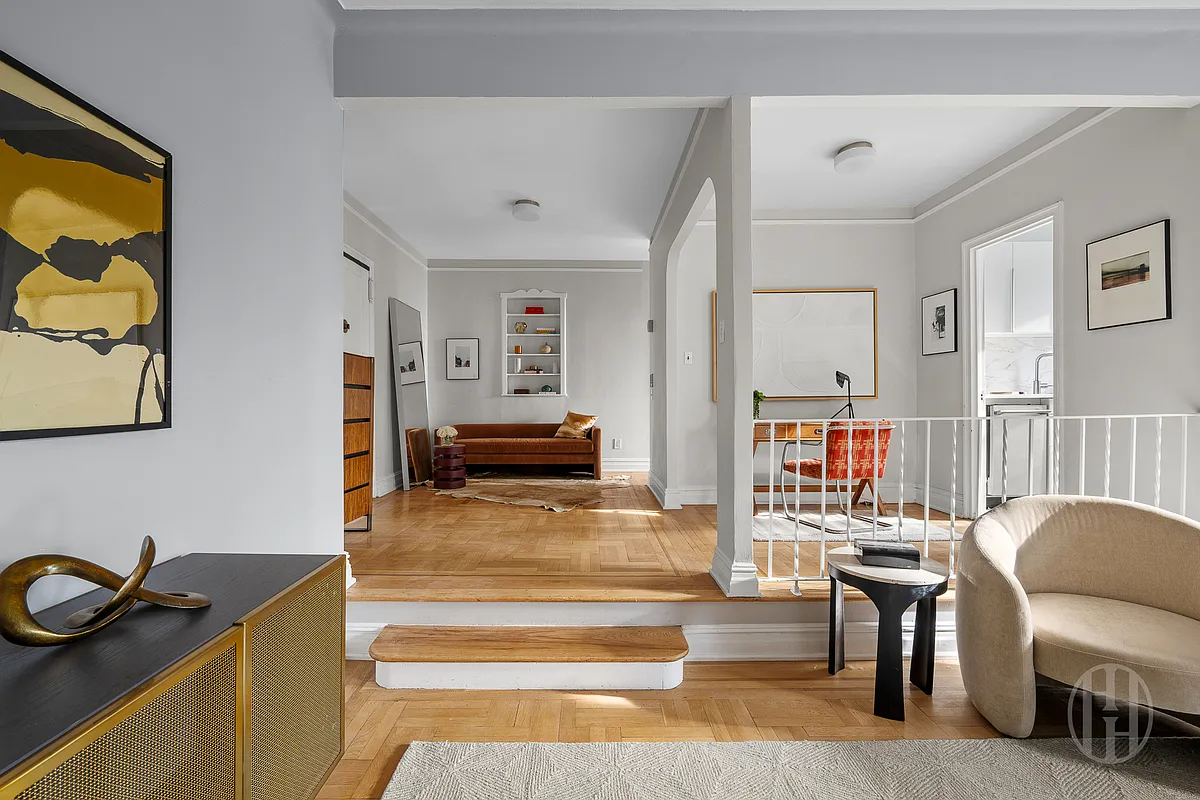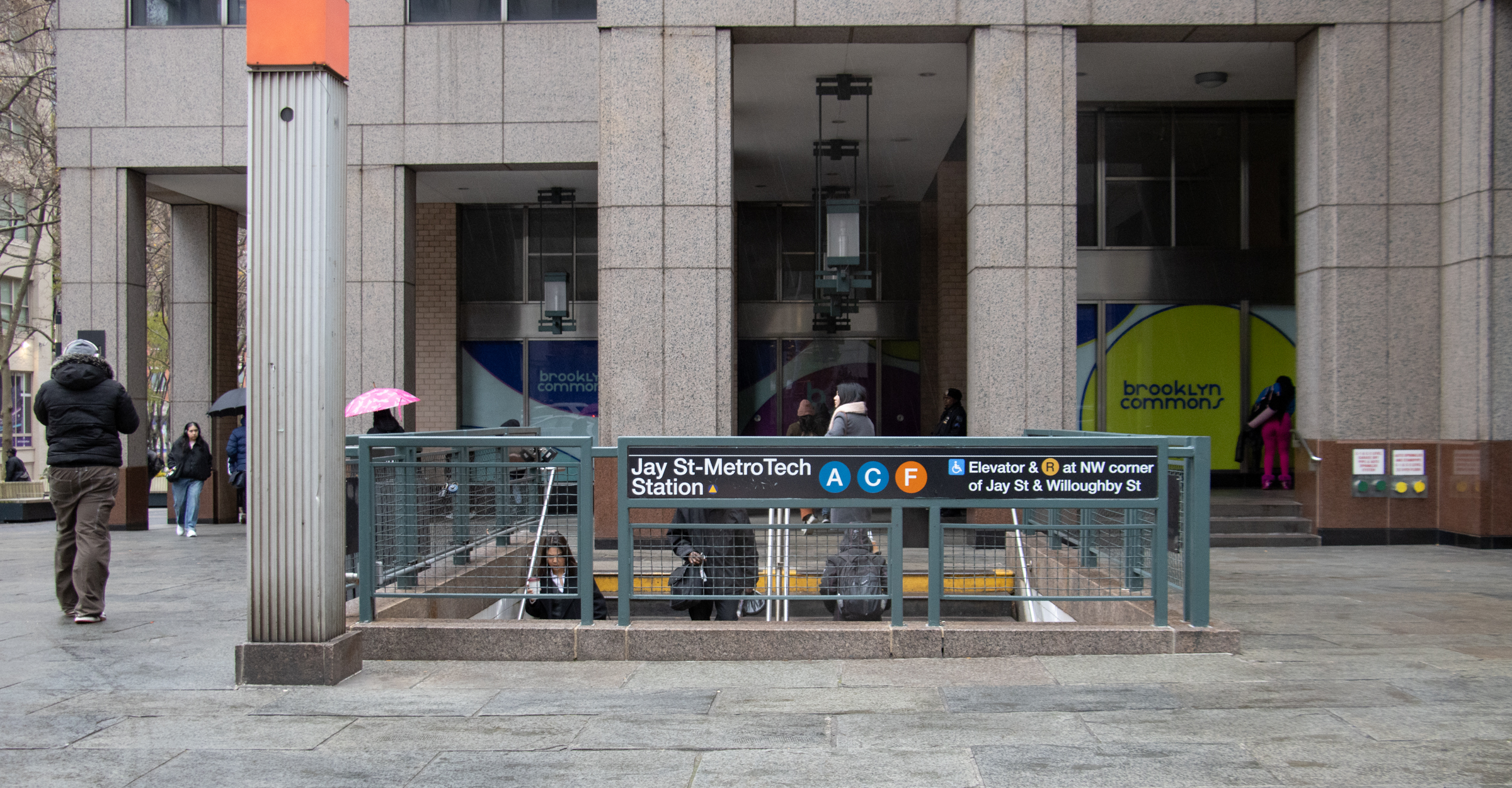Building of the Day: 800 Marcy Avenue
The BOTD is a no-frills look at interesting structures of all types and from all neighborhoods. There will be old, new, important, forgotten, public, private, good and bad. Whatever strikes our fancy. We hope you enjoy. Address: 800 Marcy Avenue, between Gates and Monroe Name: St. George’s Protestant Episcopal Church Neighborhood: Bedford Stuyvesant Year Built:…


The BOTD is a no-frills look at interesting structures of all types and from all neighborhoods. There will be old, new, important, forgotten, public, private, good and bad. Whatever strikes our fancy. We hope you enjoy.
Address: 800 Marcy Avenue, between Gates and Monroe
Name: St. George’s Protestant Episcopal Church
Neighborhood: Bedford Stuyvesant
Year Built: 1886-87, parish hall addition added in 1889
Architectural Style: High Victorian Gothic
Architect: Richard M. Upjohn
Landmarked: Yes, a designated NYC landmark, 1977
Why chosen: This is one of Brooklyn’s best small churches. In the 1860’s, this parish, then called St. Thomas’, was located nearby on Greene Avenue, at Tompkins Park. At that time, this part of Bedford was just developing, still a suburban retreat. 25 years later, the growing church, now called St. George’s, to avoid confusion with another St. Thomas’, broke ground at this location, with Bedford well on its way as a premiere brownstone community. The architect, Richard M. Upjohn, was the son of the famous Gothic Revivalist architect, Richard Upjohn. Along with Minard Lefever and James Renwick, the British-born Upjohn, senior, was one of the mid-19th century’s most important architects. Richard M. joined his father’s practice in 1846, and was made partner in 1851. In 1861, Richard M. Upjohn designed the iconic brownstone gate and lodge of Green-Wood Cemetery, Brooklyn’s most Gothic of Victorian Gothic structures, and certainly the building that established his reputation. He followed that with his home church, St. Paul’s, at Clinton and Carroll, in 1867. His most famous building may be the Connecticut State Capitol, in Hartford, built between 1872 and 1879, another masterpiece of Victorian Gothic style. This church, St. George’s, is significant for Upjohn’s use of mass and shapes, as well as for its polychrome, or multi-colored use of stone, a hallmark of the Victorian Gothic style. The red brick of the building is contrasted by the lighter stone used in the surrounds of the arches, called voussoirs, as well as in decorative banding elsewhere in the design. The small polygonal tower near the front entrance is especially fine. The length of the sanctuary runs along the Gates Avenue side of the building, ending in the parish house, which was built later. In January, 1900, less than 20 years after being built, the church was gutted by fire, but was totally rebuilt by 1906, thanks to the wealth of the congregation and some good insurance. It has several Tiffany Studio windows, as well. Because of the architect, his excellent design and use of materials, and the church’s role in the development of this part of Bedford, it was declared an individual landmark in 1977.

(1910 Photo: Brooklyn Public Library)

(1910 Photo: Brooklyn Public Library)





What's Your Take? Leave a Comment